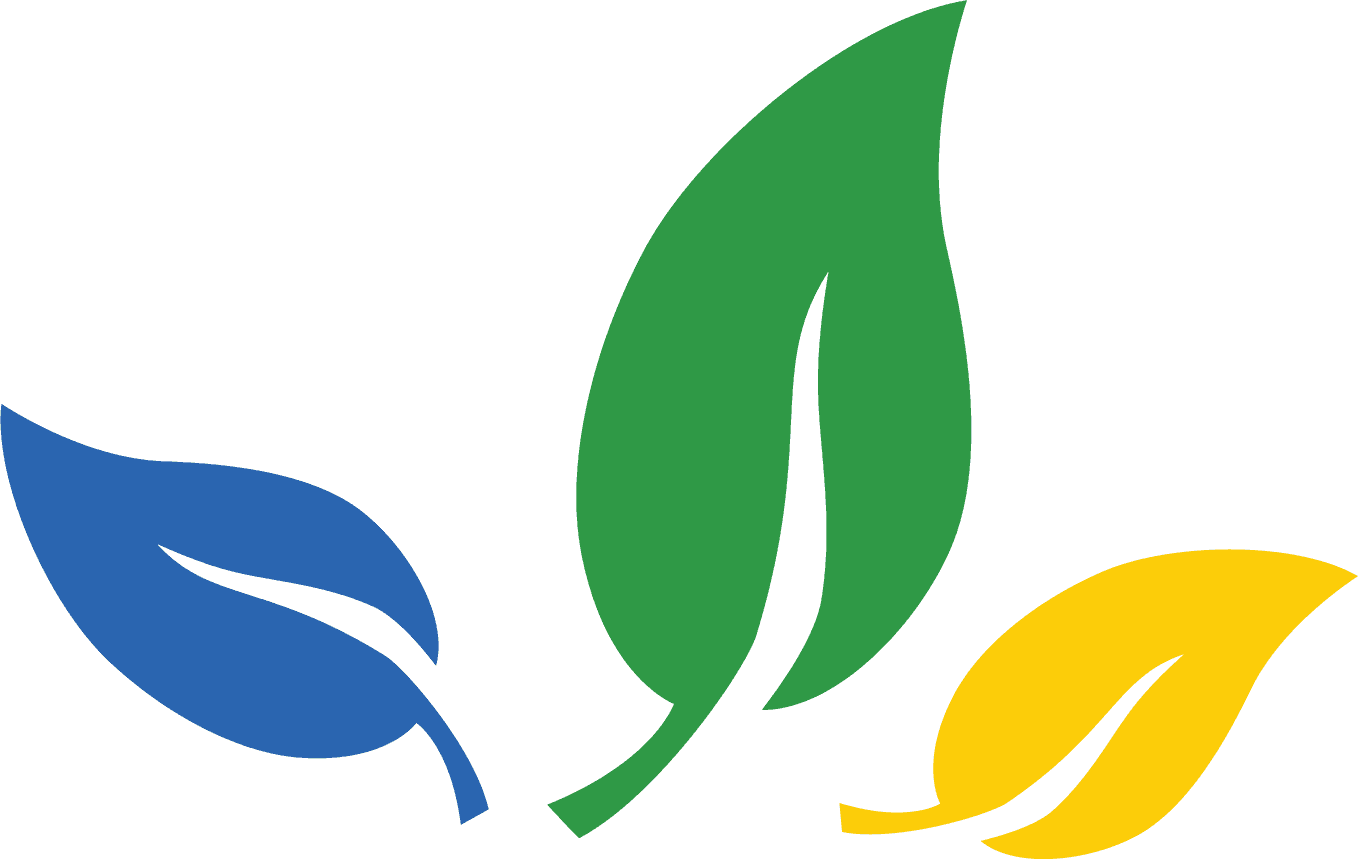Irrigation
Nitrogen Management and Irrigation Scheduling
8 Sept 2025
Sugarcane grown in the Burdekin is fully irrigated. This means that irrigation is applied on a consistent basis throughout the year due to a lack of rainfall during most of the year. Irrigation and adequate nutrition are primary drivers of yield for Burdekin sugarcane - efficient management of both go hand in hand.
Nitrogen losses can occur through several pathways such as, denitrification, volatilisation, run off and, leaching. All these pathways can be influenced by irrigation management. Due to the size of a mature sugarcane crop and the speed at which is grows, multiple applications of fertiliser are generally not possible – standard practice is two applications of fertiliser to plant cane and a single application in ratoons. As such, it is especially important to manage when irrigations are applied. In field irrigation scheduling tools can be especially useful to ensure that irrigations are applied according to crop requirement rather than a set schedule or guess work. A simple and easy to use tool that is available to sugarcane growers is the GDot. GDots consist of a gypsum block that is buried in the root zone of the crop (a depth of 25-30cm) and is connected to a head unit that displays 7 yellow dots. The gypsum block measures soil tension (kPa) – as the soil become drier, the soil tension increases. When the soil profile is at field capacity and “full of water,” the GDot displays 7 dots, as the soil tension increase and the root zone dries out, the dots drop off the unit – when there are no dots displayed on the GDot, the soil is dry.

An especially helpful aspect of the GDot is that they provide a soil tension or pressure range (-kPa) rather than a volumetric moisture figure – the pressure range on the GDot can be related to the pressure ranges for readily available and plant available water on different crops – these figures are similar across numerous soil types. Readily Available Water (RAW) is the volume of water that the crop can easily extract from the soil. Once the crop has utilised the RAW, it will start to use the plant available portion of the soil water, requiring more energy for extraction – energy that could be used for biomass production. Ideally, irrigation will be applied once the crop has utilised the RAW, so that the energy produced by the plant is directed into cane production and not water extraction. Farmacist has conducted a significant number of calibrations comparing daily sugarcane growth rates compared to the soil tension on the GDot and as a result, the general recommendation is to apply an irrigation when the GDot is at 2 or 3 dots (-40 to -60kPa or -30 to -40kPa). This value can be easily calibrated to specific paddocks by conducting growth measurements.

Now that we’ve gotten to know the GDot – here’s how it helps growers manage their irrigations to benefit their nitrogen management and increase cane yields. Firstly, when a crop is moisture stressed, its’ ability to produce biomass is limited. By irrigating according to crop requirement, growers reduce the risk of moisture stress on their crops, leading to improved cane yields. However, there’s even more benefit to scheduled irrigations. As previously mentioned, there are several nitrogen loss pathways related to irrigation. Run off and leaching are two loss mechanisms that are commonly associated with over irrigation – when nitrogen fertiliser converts to nitrate, it can be more easily lost in excess tailwater, that may leave the paddock through run off or leaching (deep drainage losses), depending on the soil type of the paddock. If irrigation is applied too frequently or applied volumes are greatly in excess of the crop requirement, the risk of nitrate losses to run off and deep drainage are increased. This is especially important in the irrigations following a fertiliser application – each time an irrigation is applied, the nitrate in the fertiliser band goes into solution, meaning it can move with the irrigation water and away from the root zone. Irrigations 2 to 5 after a fertiliser application have been identified as the highest risk for potential loss, making irrigation scheduling that much more important during that period!
Furthermore, as the weather starts to cool down, crop water uptake also slows – having a GDot installed will help the grower identify when the crop requires water as the days between required irrigations increase. Over irrigation in cold conditions can lead to significant losses due to denitrification. Denitrification occurs when soil bacteria convert plant available nitrate to nitrogen gas – usually under waterlogged conditions, as the bacteria use the oxygen from the nitrate for respiration. By irrigating to crop requirement, especially as the crop slows down in cold conditions, water logging is less likely to occur, leading to a reduced risk of denitrification.

Irrigation and nitrogen management go hand in hand as part of the Burdekin sugarcane system. Scheduling irrigations according to crop requirement can be hugely beneficial to keeping applied nitrogen in the root system where it can be utilised by the crop and not lost through tailwater and gaseous losses. Active management of irrigation applications will have significant benefits to crop yields and minimise nitrogen losses to the environment.
